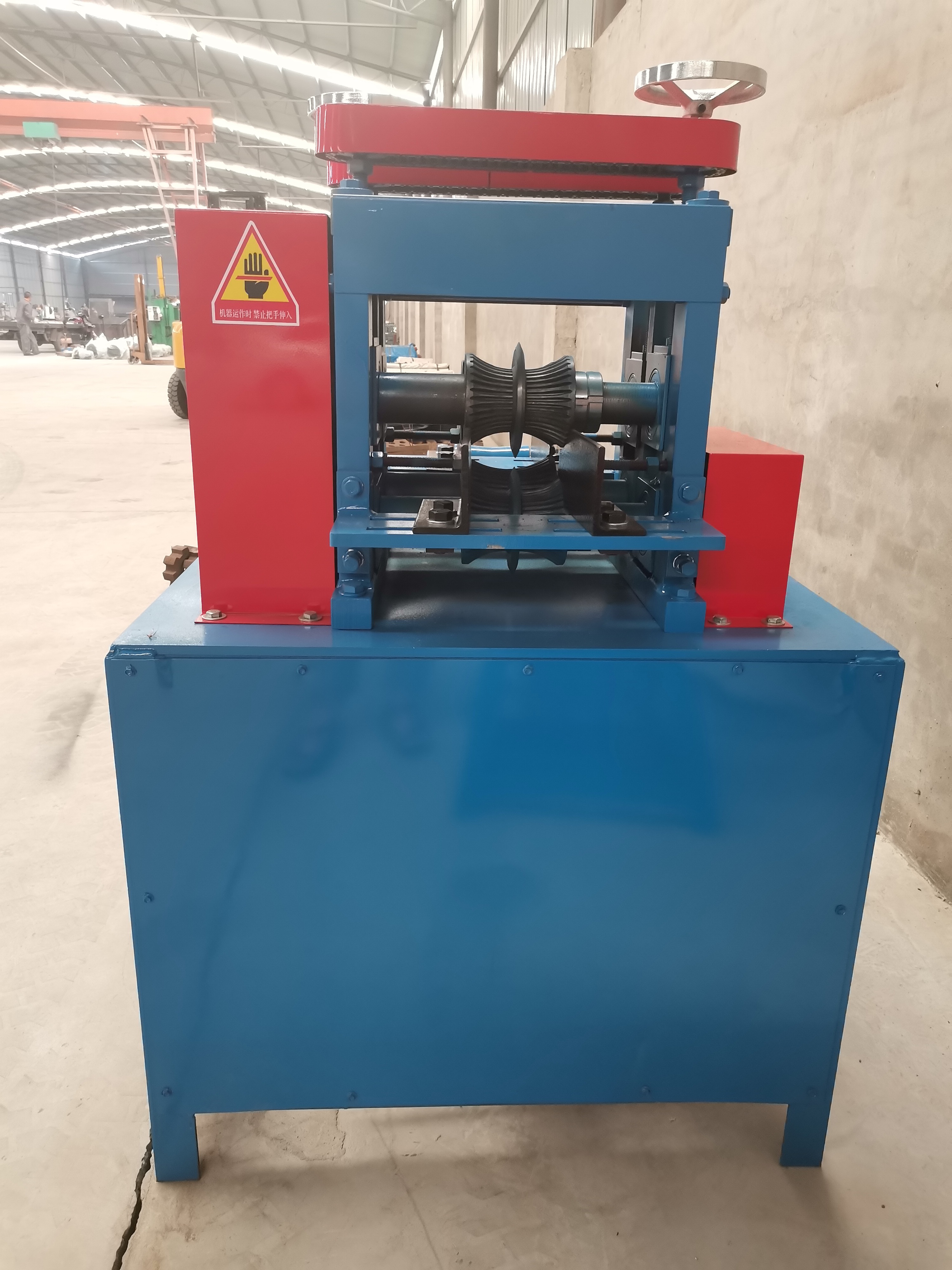

Jul . 31, 2024 20:28 Back to list
Understanding Eddy Current Separators How They Work
Eddy current separators are advanced devices designed to efficiently separate non-ferrous metals from mixed waste streams. They play a crucial role in recycling operations, helping to enhance the purity of recycled materials while minimizing contamination. The workings of an eddy current separator can be understood through a combination of principles in physics and engineering.
Understanding Eddy Current Separators How They Work
When a non-ferrous metal, such as aluminum or copper, enters the magnetic field generated by the moving drum, eddy currents are induced within the metal. The flow of these currents creates its own magnetic field, which interacts with the original magnetic field of the drum. The result is a repulsive force that causes the non-ferrous metal to be propelled away from the rest of the materials on the conveyor belt. In contrast, ferrous metals, such as iron, do not generate significant eddy currents and therefore are not affected in the same way. As a result, they remain on the conveyor until they can be removed by other means.

The design of an eddy current separator includes several important components that ensure efficient operation. The conveyor belt transports the mixed waste material toward the rotating drum. The positioning and shape of the drum, along with the strength of its magnetic field, are engineered to optimize the separation process. Additionally, adjustable parameters such as the speed of the conveyor and the distance between the drum and the material being processed can be fine-tuned to achieve the best results.
One of the significant advantages of eddy current separators is their ability to work continuously and automatically, making them a cost-effective solution for recycling facilities. They can operate alongside other sorting equipment, such as air classifiers and magnetic separators, to create an integrated sorting system. This synergy further enhances the efficiency of the entire recycling process.
Eddy current separators are widely used in various industries, including waste management, electronics recycling, and automotive recycling. The recovery of non-ferrous metals is particularly essential given the increasing demand for these materials in manufacturing and the finite nature of natural resources. By using eddy current separators, recycling facilities can significantly increase the amount of metal recovered, thus promoting sustainability and reducing the environmental impact of metal extraction.
In conclusion, eddy current separators are a vital technology in the realm of material recovery and recycling. Their ability to efficiently separate non-ferrous metals from mixed streams is grounded in fundamental electromagnetic principles. With their quick, automatic operation and adaptability to various workflows, they represent a practical and effective solution to the growing challenges of waste management and resource conservation. As technology continues to advance, we can expect even greater efficiencies and capabilities from eddy current separators, further aiding the global effort towards sustainable recycling practices.
Latest news
Troubleshooting Common Eddy Separator Problems
NewsJul.04,2025
The Role of Metal Recycling Plants in Circular Economy
NewsJul.04,2025
The Impact of Recycling Line Pickers on Waste Management Costs
NewsJul.04,2025
Safety Features Every Metal Shredder Should Have
NewsJul.04,2025
How Industrial Shredders Improve Waste Management Systems
NewsJul.04,2025
How Cable Granulators Contribute to Sustainable Recycling
NewsJul.04,2025